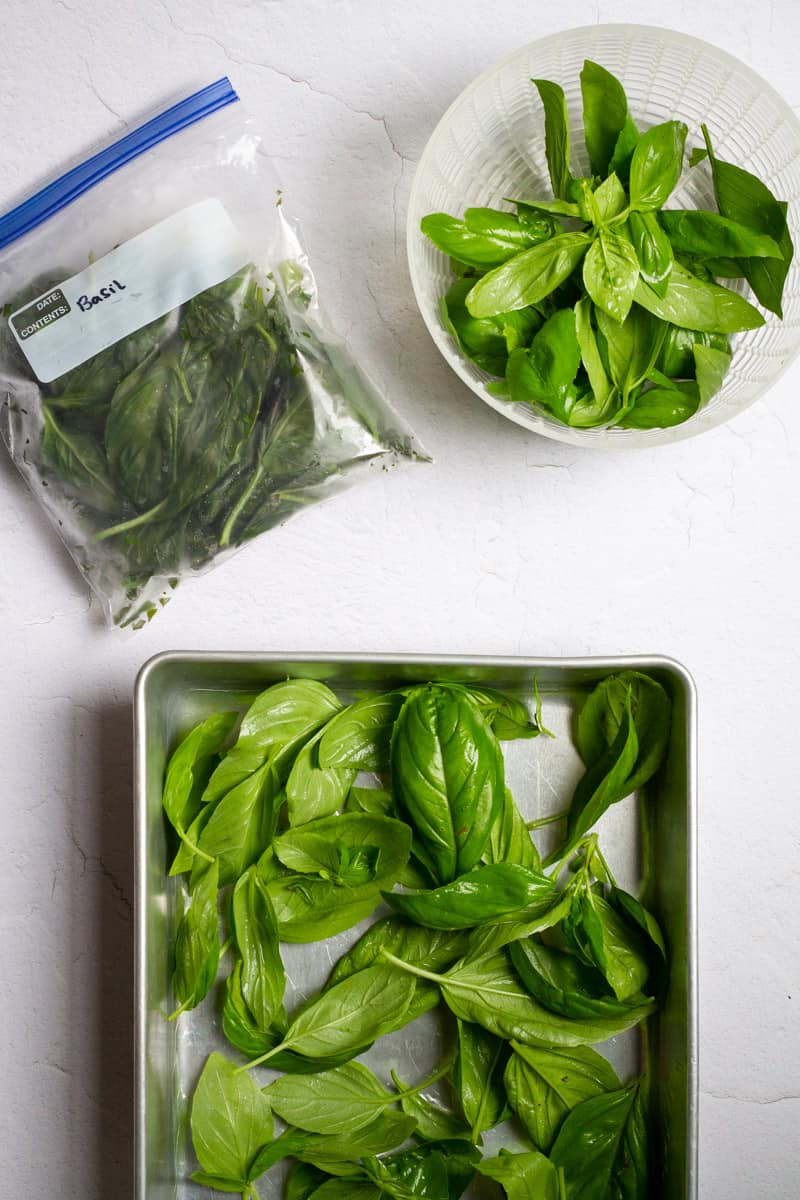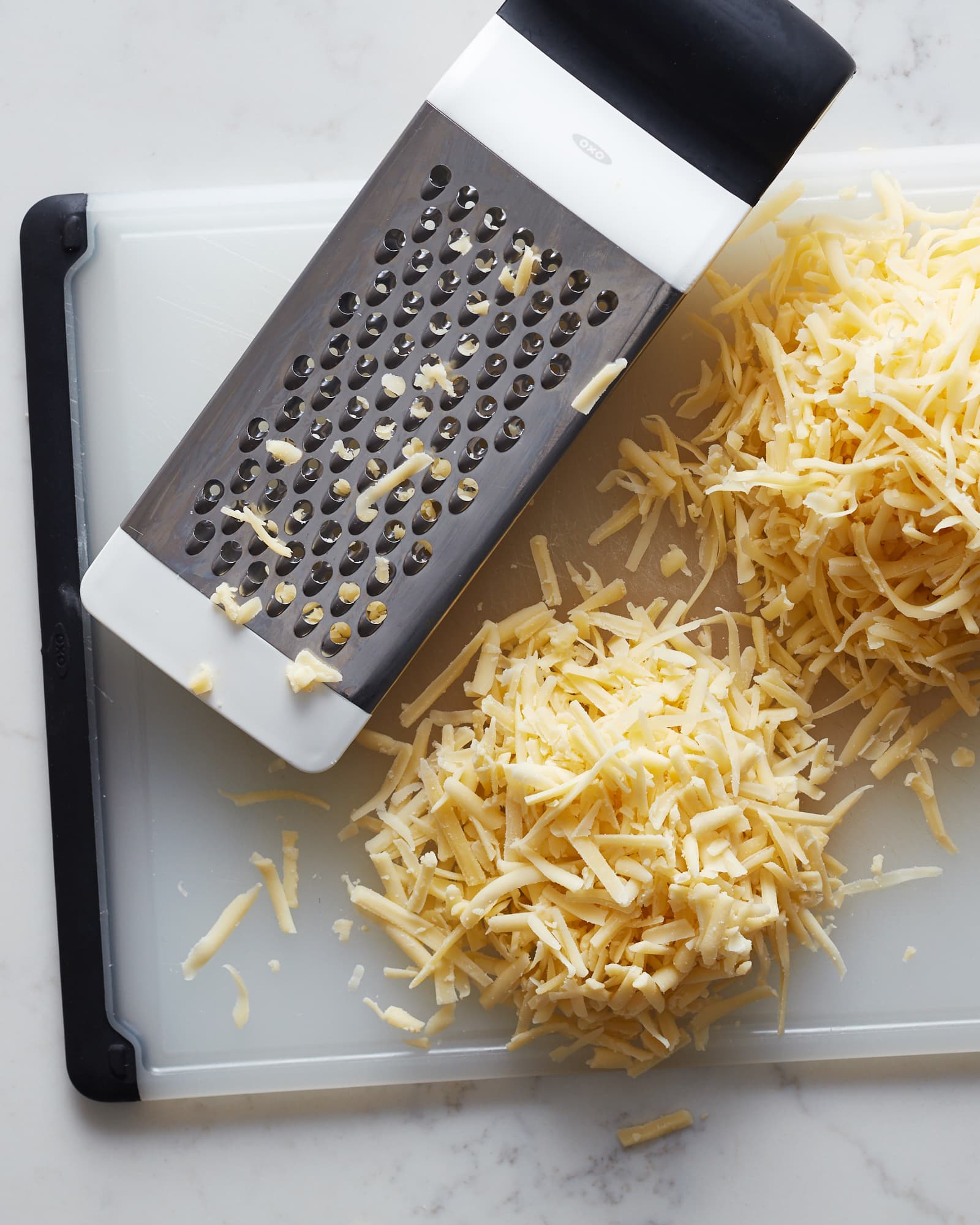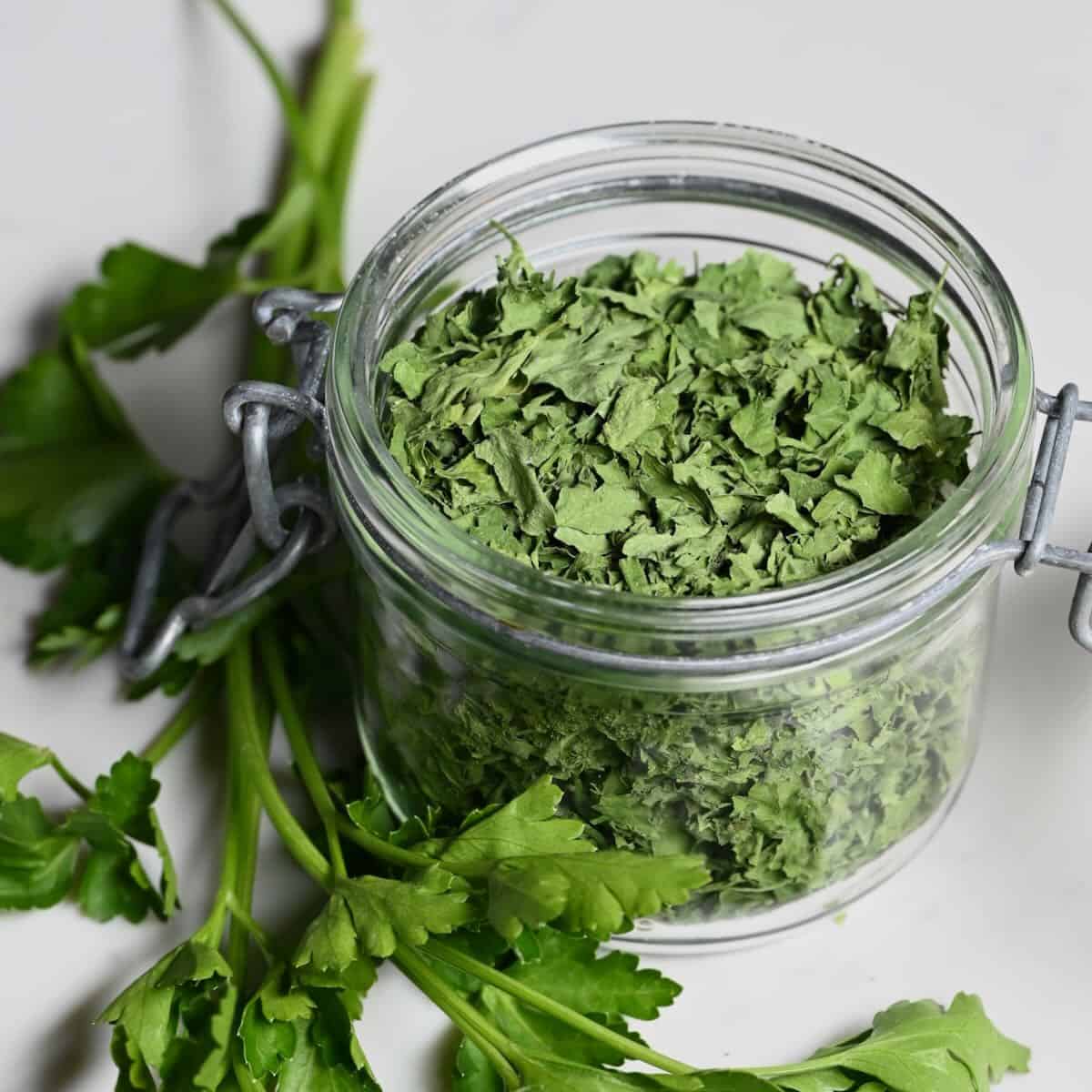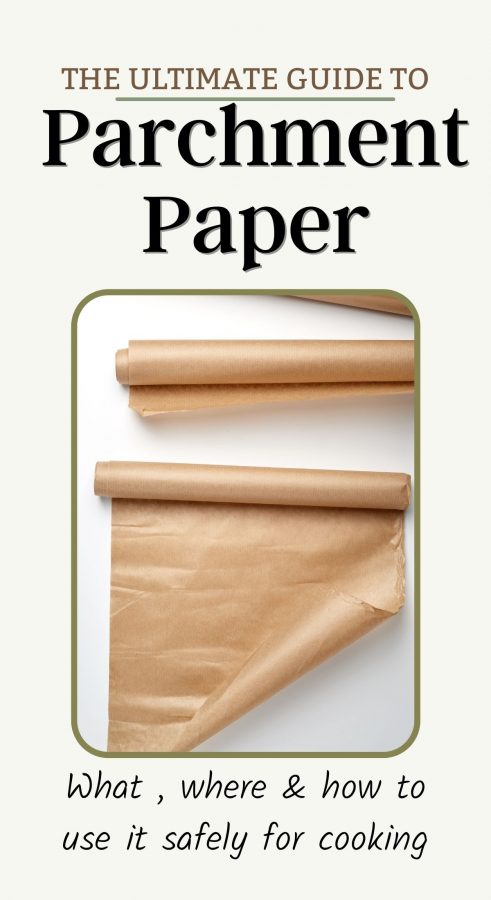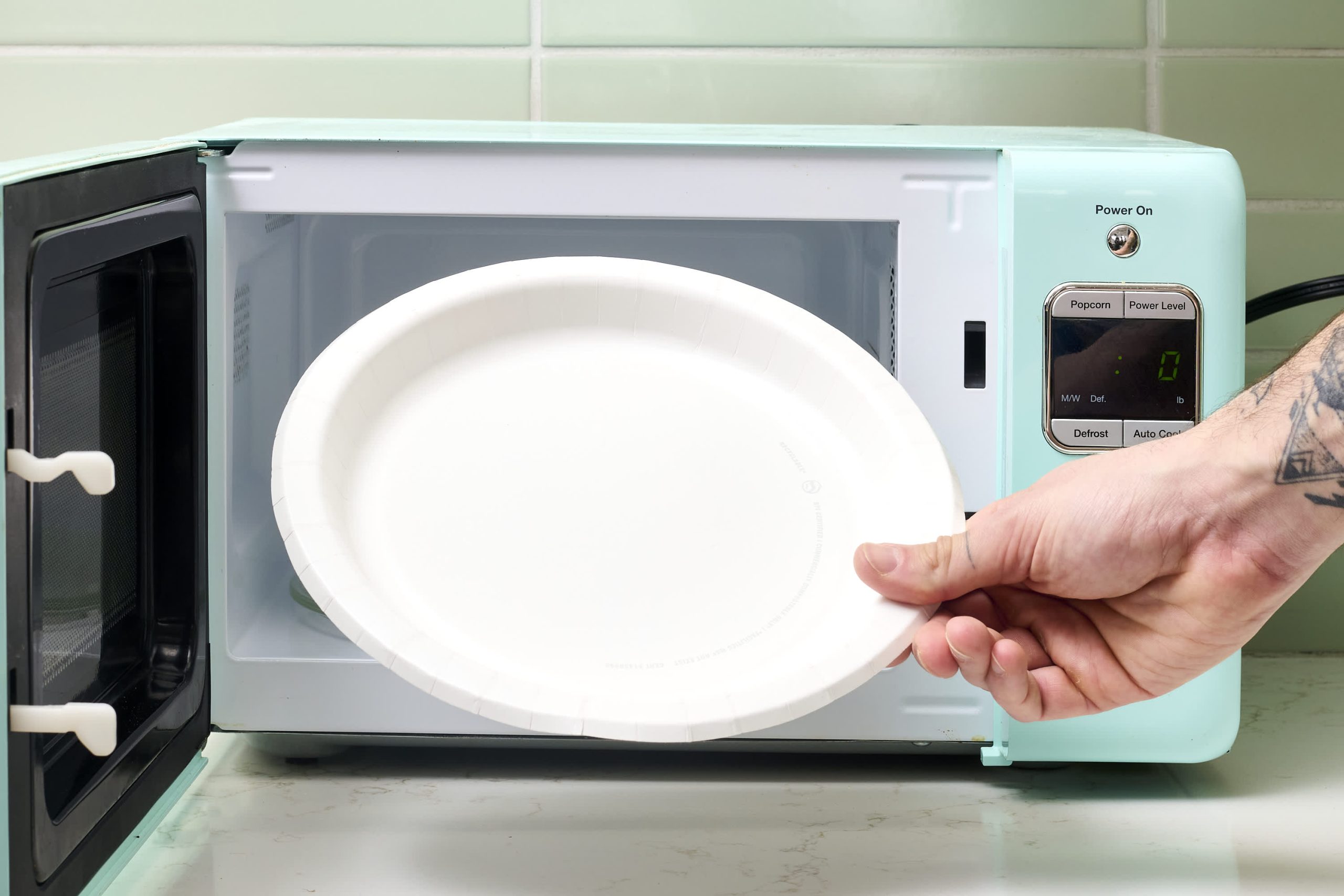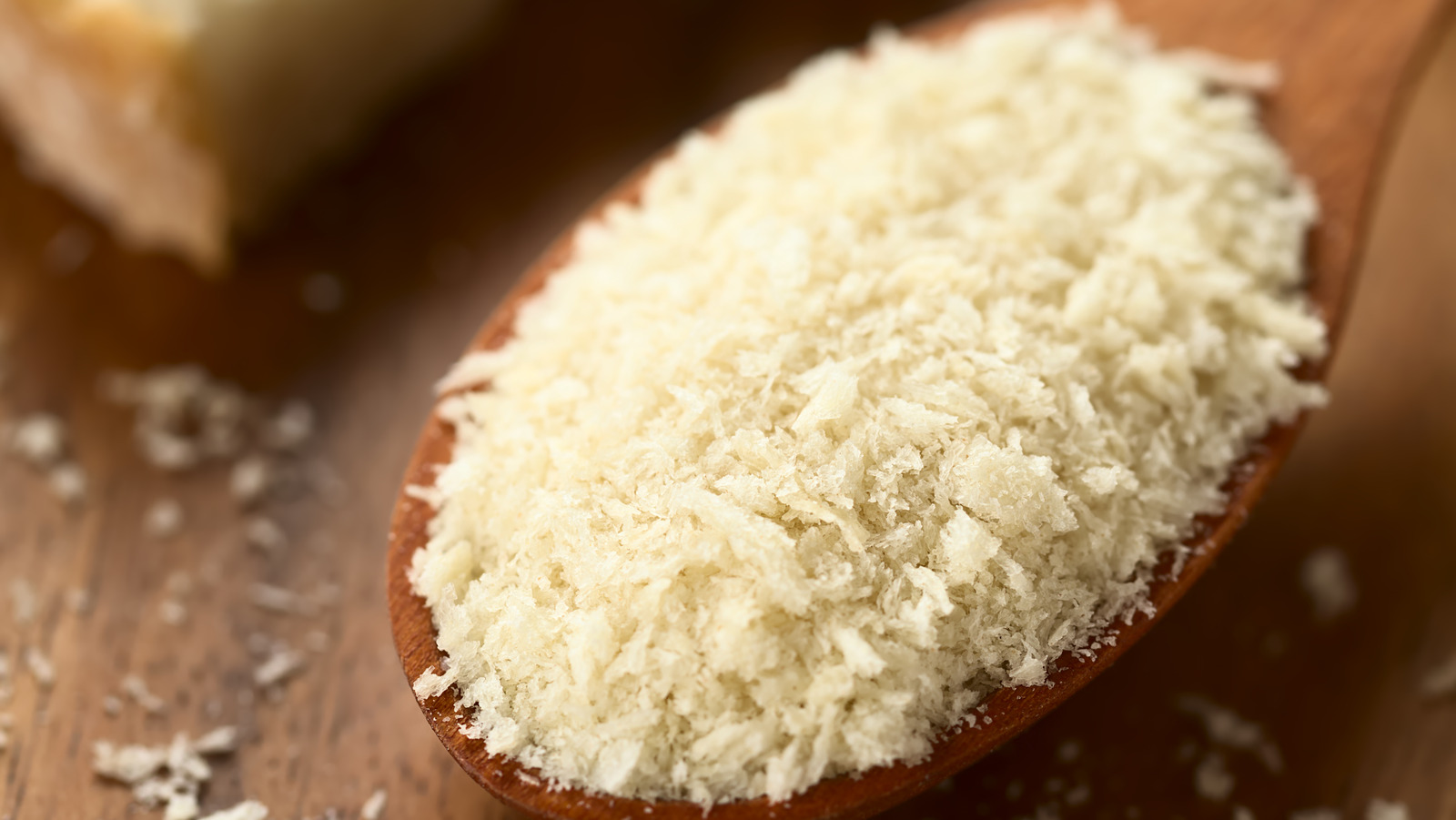How to Reheat Steak in Air Fryer: Top Tips for Juicy Results!
– Guide on how to reheat steak in an air fryer
– Benefits of using an air fryer for reheating steak
– Using rare or medium rare steak for best results
– Optional use of oil for better results
– Using an olive oil spritz instead of aerosol to protect non-stick coating
– Steps for reheating steak in an air fryer
– Preheating the air fryer to prevent overcooking
– Placing the steak in the air fryer basket without touching
– Reheating at 380°F/190°C for 2-3 minute intervals
– Checking internal temperature of the steak
– Flipping the steak over after each interval
– Reheating until reaching at least 110°F/43°C in the center
– Serving with garlic butter or steak sauce
– Not recommended to reheat steak more than once
– Storage of leftovers in airtight container in refrigerator for up to 2 days, for cold consumption or use in salad or sandwich.

